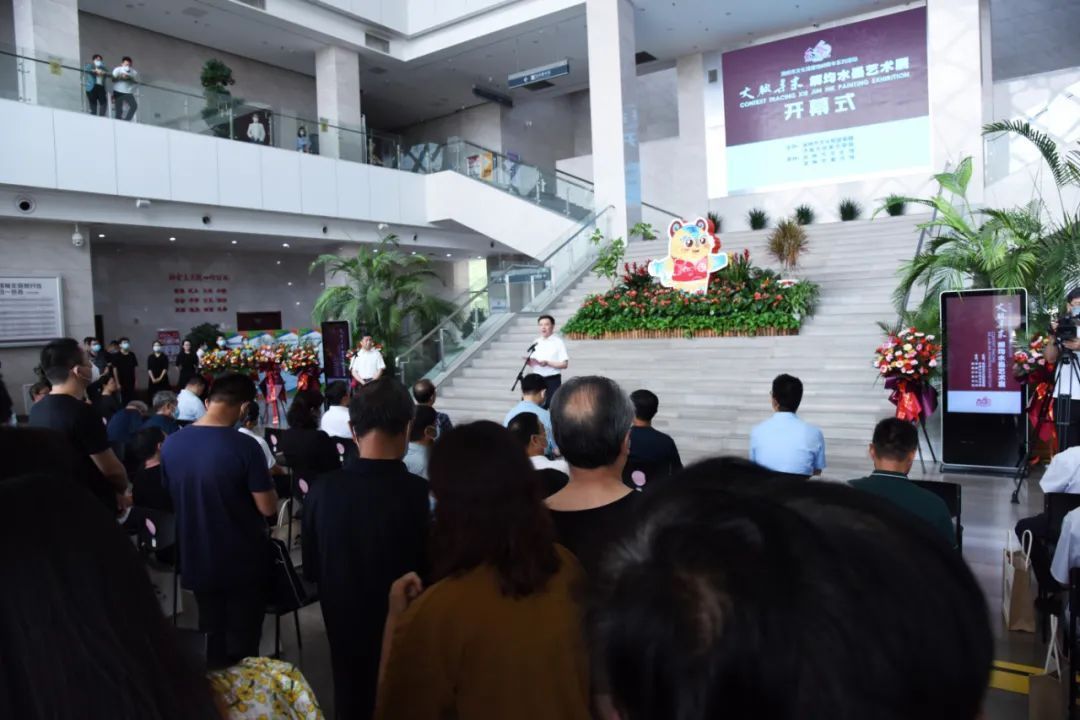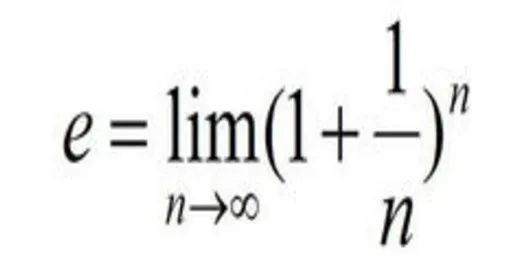Weifang created "East Asian Cultural Capital" | Niejiazhuang clay sculpture in Shandong: Point soil to become golden and colorful
Author:Kuiwen Published Time:2022.06.29
"Niejiazhuang, facing the south gate, every family pinch the mud", "You don't cry, your father, buy a mud tiger, Gurga Guru, two hairs and five". " Niejiazhuang clay sculpture.

As a kind of artistic variety of medium, color, sound, and movement, Niejiazhuang clay sculpture is an ancient traditional folk art. According to the Wanli period of the Ming Dynasty, it has a history of more than 400 years. During the Kangxi reign of the Qing Dynasty, the artists of Niejiazhuang created clay, poultry, beasts, fish and other clay sculpture species on the basis of "pot flowers" for folk activities, family viewing and children's play. During the Jiaqing period, Niejiazhuang clay sculpture entered a mature period. Today, the mud tiger is the main representative of Niejiazhuang clay sculpture. In 2008, Niejiazhuang clay sculpture was included in the second batch of national intangible cultural heritage list.
Niejiazhuang clay predecessor
According to the Nie family genealogy, the art ancestor of Niejiazhuang clay sculpture was Nie Fulai, and his hometown was Bo Town, Hebei Province. In the early years of Wanli of the Ming Dynasty, Hebei Po Town was apologized for the year after year. Nie Fulai couldn't stand there, and the family came to Niejiazhuang.

After Nie Fulai's family came here, his life was sparse and his life was not good. In order to fill the stomach of the family, the smart Nie Fulai tried to use the local mud to make the outer skin, the medicine was installed in the middle, leaving a small hole on the top to make a kind of "pot flower", which was sold for people to sell The Spring Festival or the fifteenth day of the first month is ignited, and the flowers are displayed. Pinching this kind of mud play is not a recreational entertainment, but the need to make a living. The money replaced can be bought into food to make up for the shortcomings of life. The shape of the "pot flower" looks like the bottom of the pot. The "pot flower" at the beginning of production is not decorated with any color, and it is also very rough. This "pot flower" is the predecessor of Niejiazhuang clay sculpture. Essence
Ceramidation process
Niejiazhuang mud tiger looks simple and exaggerated, and boldly uses the clear and eye -catching colors such as big red and green. The tiger body can move and speak. Sound, shape, color, movement, the four characteristics are unique in the national clay sculpture.
The production process of Niejiazhuang clay sculpture consists of a dozen processes. The finished products are bold and exaggerated, childish and simple, bright and eye -catching, vivid and free -looking expressions, the entire clay sculpture can be screamed, with strong artistic appeal and vitality.
To make mud tigers, it needs to go through more than ten steps such as soil, mud, mud, molding, blanking, demarcation, blanking, whistle, loading, embryo, coating, painting, and oil. The raw materials of the mud tiger are selected from the yellow clay more than one meter of the underground in Niejiazhuang. The mud is proportional to the fine loess. The whistle is pierced, and the whistle is made with a reed rod, bonding the leather in the middle, and pollination after polishing. After coloring, there is also a step of oiling. Because the traditional clay sculpture pigments are easy to fade, the painted oil is covered outside after the painting is dry. On the one hand, it protects the color and makes it difficult to fade. Bright.

Nie Chenxi, a representative inheritor of the provincial non -heritage project, Nie Chenxi, a master of folk art in Weifang
As an ancient folk craft, Niejiazhuang clay sculpture reflects the local social conditions and local customs in an artistic way, becoming a precious historical and cultural heritage, and has important reference value in the research and inspection of the regional culture and folk customs of Shandong. Niejiazhuang clay sculpture, ideological spark and art inspiration flowing on the fingertips, spiritual vision and moral ethics condensed in the works, dotted soils, and ingenious arts to help Weifang create the "East Asian cultural capital".

#Focus on the 12th Party Congress of Shandong Province ## ## Our new era ## 奋Haopin Shandong ## 山 好 好 好#
- END -
Li Le Shandong | Binzhou: "Wenmai Xunzong • Jiejun ink art exhibition" opened at Binzhou Cultural Museum

Binzhou Cultural Museum's 60th anniversary series of activitiesWenmai Xunzong • J...
Obviously it is unreasonable. Why is the fame so much larger than TA?

The following article comes from WeChat public account: original point reading, 36...